Microsoft word - pj nicholoff steroid protocol.docx

PJ Nicholoff Steroid Protocol Background/Assessment Normal basal secretion of cortisol from the adrenal gland is approximately 5-7 mg/m2/day or 8 -10 mg/day for adults. This amount increases during minor il nesses or surgery to approximately 50 mg/day (5x normal physiologic secretion). These smal increases with uncomplicated surgery return to baseline in 24 hours. Procedures producing greater surgical stress, have been shown to increase cortisol responses to 75-150 mg/day (10x normal physiologic secretion), which return to baseline in about 5 days. Corticosteroids are prescribed for multiple diagnoses to a wide variety of patients. Long term administration of corticosteroids may lead to suppression of the hypothalamic-pituitary-adrenal (HPA) axis. Rapid reduction or abrupt withdrawal of corticosteroid therapy that has been prolonged or at high doses can cause secondary adrenal insufficiency (suppression of the HPA axis), and steroid withdrawal or deprivation syndrome. Recovery from suppression of the HPA axis after discontinuing corticosteroids can be prolonged (possibly 6 to 12 months) and may vary based on doses, dosing schedules and duration of corticosteroid therapy. Since there is a great deal of individual variability in susceptibility to suppression of the HPA axis after chronic use of exogenous corticosteroids, it is not possible to predict with confidence which patients wil be affected. Current practice is to administer supplemental (stress) doses of corticosteroids to patients with suspected suppression of the HPA axis in the perioperative period and during acute il ness to prevent acute adrenal insufficiency, or adrenal crisis. Defining HPA Suppressed Patients: Recommendations differ slightly in defining a suppressed patient, but general guidelines are below (Table 1):
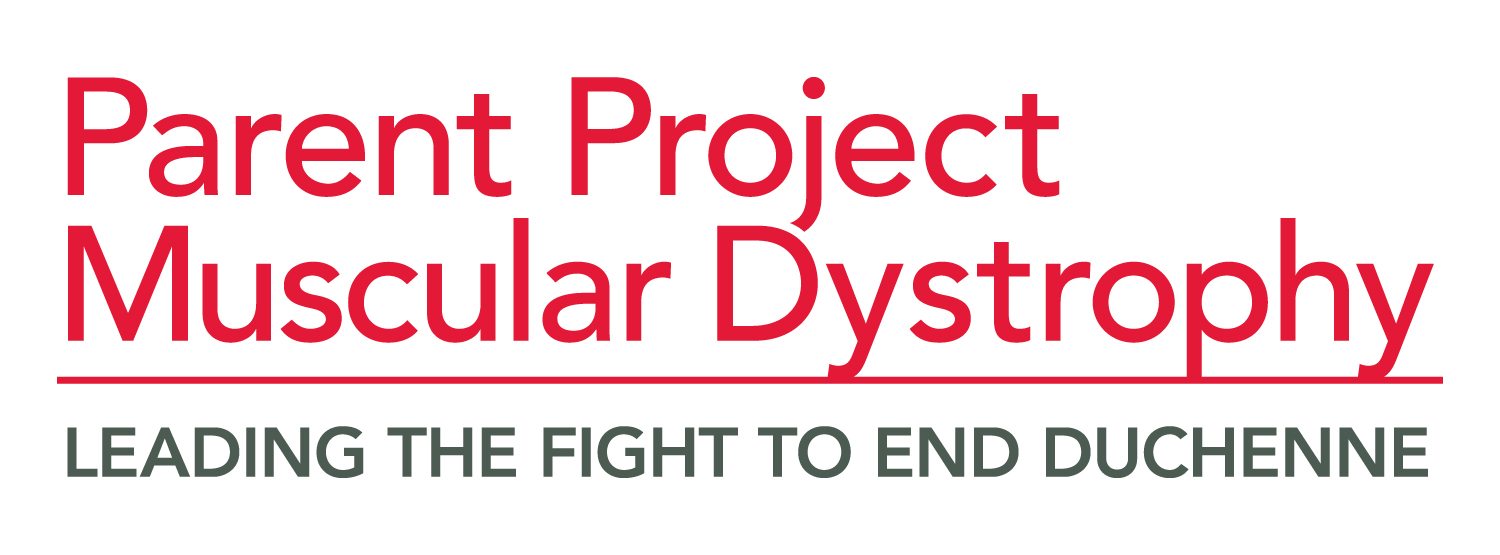
Suppression of HPA axis?
Equivalents/day - Adults
Equivalents/Day - Pediatric
3 mg/m2/day or less
Usual y not suppressed. Possibly suppressed. ACTH
stimulation test recommended or give supplemental dose.
20 mg/day for >10 days or 12 mg/m2/day of prednisone Suppressed. Give supplemental more
for > 10 days or more
Patients receiving disease appropriate corticosteroid doses (at least 10 times above the physiologic cortisol dose) general y do not need stress doses if usual daily dose is continued. Patients who are on maintenance physiologic dose of hydrocortisone for primary disease of the HPA axis do require supplemental therapy. Consultation with endocrinology is recommended for questions or concerns. Recommendations for supplemental doses are general y divided by severity of stress the patient may experience (medical or surgical). Supplemental steroid doses are then based on degree of stress. Corticosteroid Stress Doses:
Medical/Surgical Stress
Corticosteroid Dosage DOS*
Postoperative Taper Regimen
Minor (local anesthesia, < 1
25mg or 30-50 mg/m2 po (if
able to take po) or IV
Resume maintenance
(e.g. inguinal hernia, single tooth hydrocortisone (HC) or
physiologic dose of
extraction, colonoscopy), mild
hydrocortisone when il ness,
febrile il ness, mild,
pain or fever subsides
nausea/vomiting, mild diarrhea)
50mg or 50-75 mg/m2 IV
(e.g. multiple teeth extraction,
hydrocortisone or equivalent mg/m2/day ÷ q 6 hours X 24
fracture, pneumonia)
hour. Taper to baseline over 1-2 days.
100mg or 100 mg/m2/dose
(e.g. Septic shock, multiple
IV hydrocortisone or
mg/m2/day ÷ q 6 hours X 24-
trauma/fractures or severe burns, equivalent
48hours. Taper to baseline
severe systemic infections, major
over 1-3 days (continue stress
surgery, pancreatitis, orthopedic
dose if the physical stress
surgery including open reduction, spinal fusion, etc.)
(fever or pain) continues).
DOS - Day of surgery
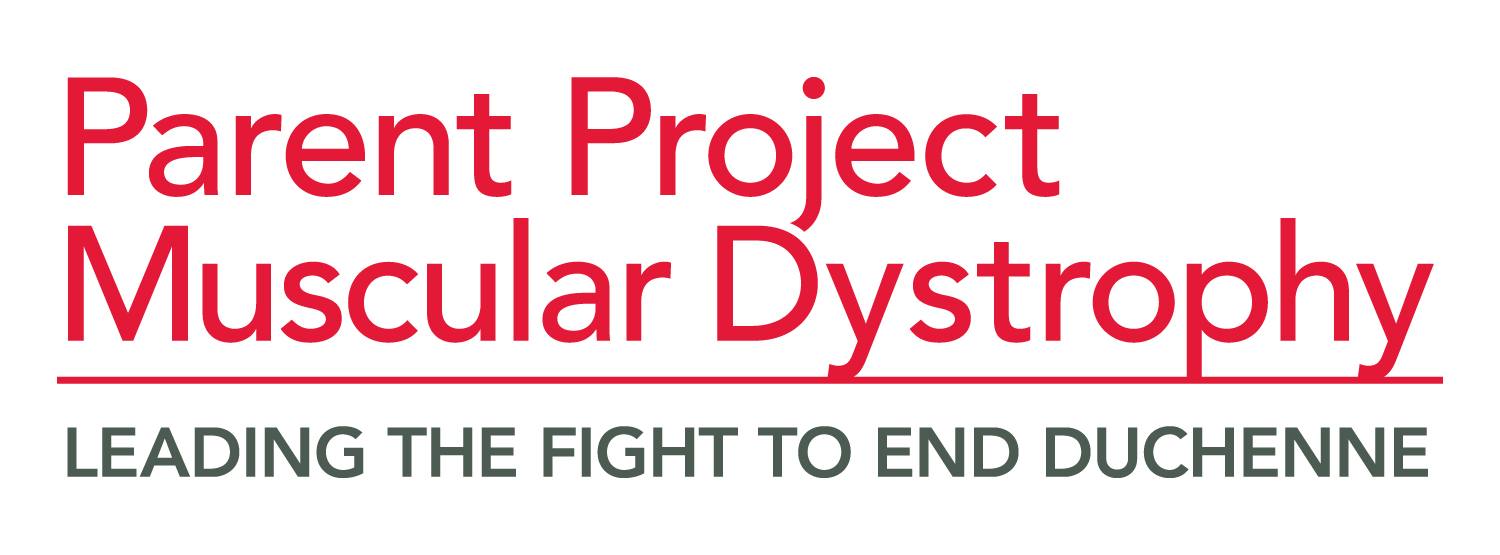
Patients using high dose twice-weekly corticosteroid-dosing schedule:
• If patients using a twice-weekly dosing schedule are unable to take
corticosteroids by mouth during a time when they should be taking corticosteroids (due to nausea, vomiting, diarrhea, etc.), patients should take stress doses intravenously as indicated above.
• If patients using a twice weekly dosing schedule are undergoing/experiencing a
moderate or major medical/surgical stressor in their life, cortisol level should be drawn and it is recommended that they follow the stress dosing recommendations in the above table.
• No literature exists for these recommendations. The recommendations are
based on expert opinion and practice.
Recommendation for Corticosteroid Therapy Withdraw: Below is one recommendation for tapering chronic corticosteroids (general y managed in an outpatient setting):
• Start on a Monday, giving 20-25% lower corticosteroid dose for 2 weeks (or
• If multiple doses are taken, start first to reduce multiple daily doses to a single
o Cut the dose 20-25% again for 2 weeks (or longer); continue this
o Continue until dose is near physiologic dose (3mg/m2/day of prednisone
or 3.6mg/m2/day of Deflazacort)
• When near physiologic dose, substitute corticosteroids with short acting form of
corticosteroid or hydrocortisone (12 mg/m2/day of hydrocortisone)
• This wil also enable the patient to have a supply of hydrocortisone to be used
for stress doses if needed in times of stress after coming off steroids
o Continue to taper off by 20-25% each week (or longer) o Give every other day for 2 weeks (or longer) o Stop o WATCH VERY CAREFULLY FOR SIGNS OF ADRENAL CRISIS (see below)
• Alert parents to signs/symptoms of adrenal crisis • If patients have symptoms of adrenal insufficiency during the taper, the steroid
dose prior to the taper should be maintained for longer
IF THE PATIENT HAS A SERIOUS ILLNESS/INJURY DURING THE TAPER, THEY MAY NEED A "STRESS DOSE" OF CORTICOSTEROIDS:
• Encourage parents to continue to report any serious events until 1 year post-
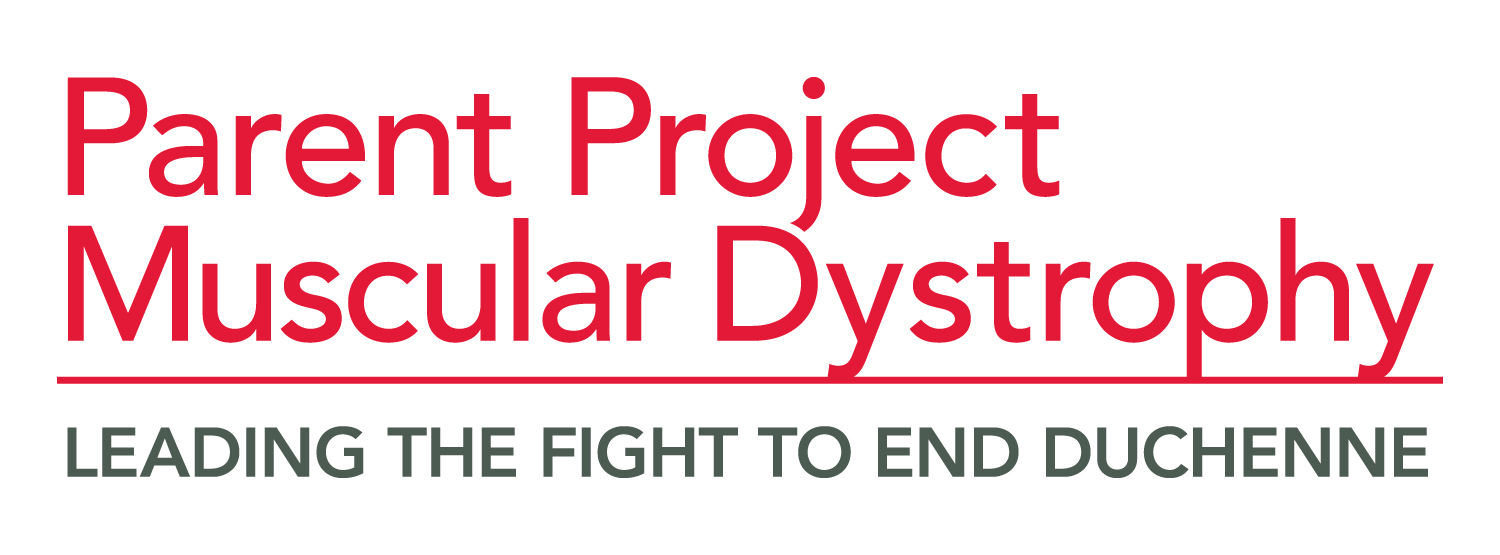
o The stress doses of hydrocortisone is 30-50 mg/m2/day, or higher, for
major stress (see Table 2)
o Patients need to go to the emergency room if having signs or symptoms
of adrenal crisis. Serum electrolytes with blood glucose and cortisol level should be obtained.
o Patients should see a pediatric endocrinologist for evaluation of HPA axis
during the process of corticosteroid therapy withdrawal.
Patients using high dose twice-weekly corticosteroid-dosing schedule:
• It is recommended that patients electing to discontinue the use of twice weekly
corticosteroids, do so under the guidance of a neuromuscular provider and/or endocrinologist.
• No literature exists for these recommendations. The recommendations are
based on expert opinion and practice
Testing HPA axis:
• After reaching half the physiological dose (5-6 mg/m2/day of hydrocortisone or
1-1.5 mg/m2/day of prednisone), morning serum cortisol and ACTH should be assayed monthly (may do less frequently), until they reach normal levels.
• When baseline morning serum ACTH and cortisol are normal, discontinue the
corticosteroid and carry out the rapid ACTH stimulation test monthly until post-stimulation cortisol response is normal (post-stimulus level > 20 mcg/dL). When this point is reached, it can be considered that the HPA axis has recovered
Modification of above protocol:
• Omit monthly AM cortisol and ACTH and perform an ACTH stimulation test in 3
months after discontinuation of corticosteroids
• During this time (3 months before getting ACTH stimulation test), patients wil
need to take stress dose at the time of stress
• If ACTH stimulation test result is abnormal (peak cortisol <20), patients wil need
to continue taking stress doses of hydrocortisone at the time of stress. (Patients Repeat ACTH stimulation test again in 1-2 months later and families would need to have teaching on this with an endocrine nurse.)
Alternatively, when laboratory tests cannot be carried out:
• Patients who have used corticosteroids for prolonged periods can be considered
as having suppression of the HPA axis up to 1 year after discontinuation of corticosteroid therapy and therefore need hydrocortisone stress dose coverage during the time of stress
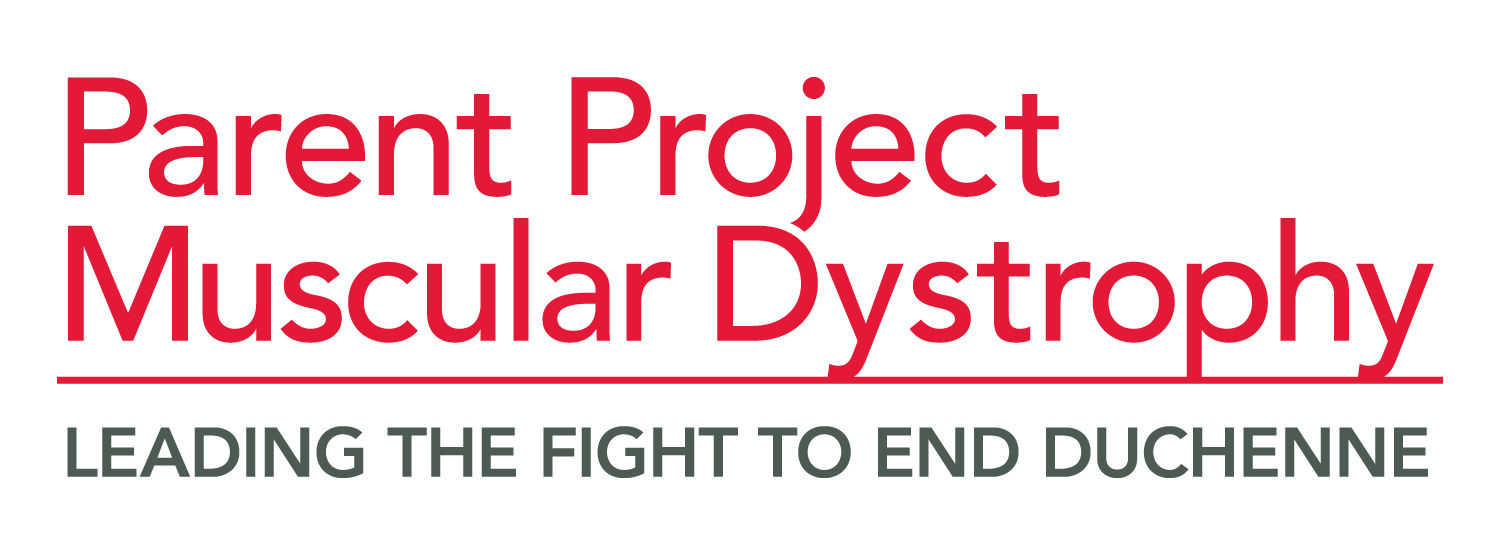
Risk factors for adrenal crisis include:
• Dehydration • Infection and other physical stress • Injury to the adrenal or pituitary gland • Stopping treatment too suddenly with glucocorticoid medications such as
prednisone hydrocortisone
• Surgery • Trauma
Symptoms of adrenal crisis can include any of the fol owing:
• Abdominal pain • Shock • Confusion or coma • Dehydration • Dizziness or light-headedness • Fatigue • Flank pain • Headache • High fever • Loss of appetite • Loss of consciousness • Low blood pressure • Nausea • Profound weakness • Rapid heart rate • Rapid respiratory rate (see tachypnea) • Slow, sluggish movement • Unusual and excessive sweating on face or palms • Vomiting
Exams and Tests Tests that may be ordered to help diagnose acute adrenal crisis include:
• ACTH (cosyntropin) stimulation test • Cortisol level • Blood sugar • Serum potassium • Serum sodium • Serum pH
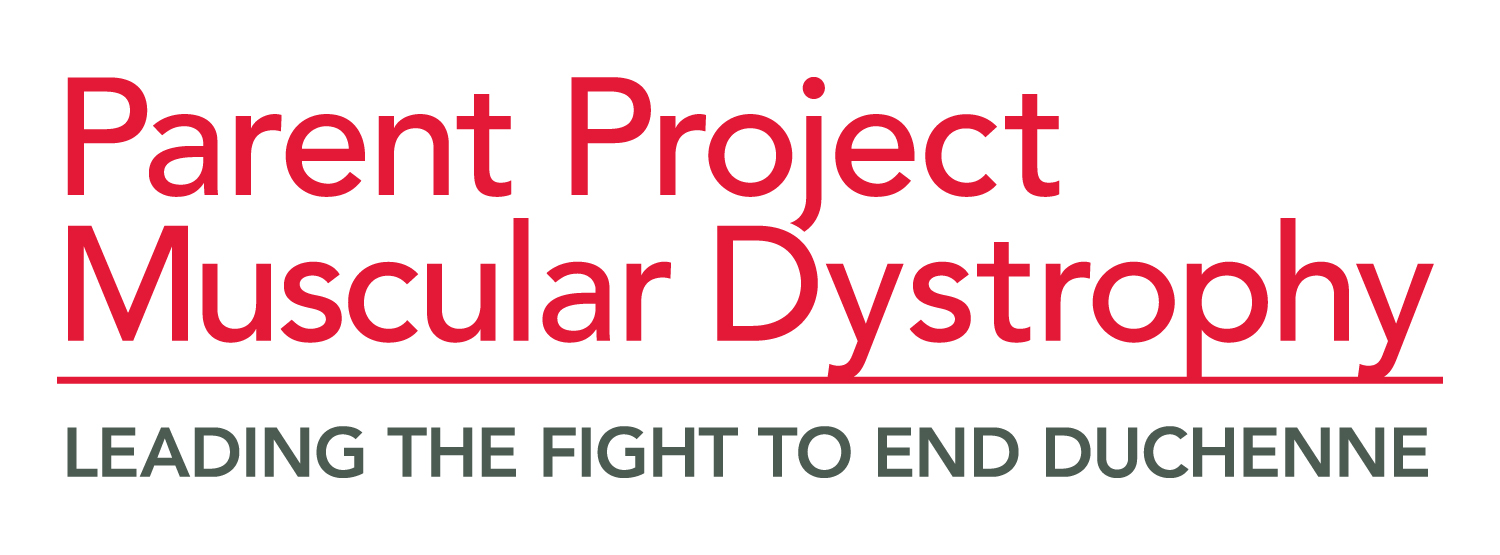
Corticosteroid Conversion Table
Equivalent doses
Methyl prednisone
1. Hal man MR, Head DE, Coursin DB, Joffe AM. (2013) When and why should
perioperative glucocorticoid replacement be administered? Evidence-Based Practice of Anesthesiology. Philadelphia, PA. Elsevier.
2. Marik PE, Varon J. Requirement of perioperative stress doses of corticosteroids.
Arch Surg. 2008;143(12):1222-1226.
3. Kohl BA, Schwartz S. Surgery in the patient with endocrine dysfunction. Med
Clin N Am. 2009;93:1031-1047.
4. Jaffer AK, Grant PJ. Perioperative Medicine: Medical Consultation and
Comanagement. Hoboken, NJ: John Wiley & Sons Inc.;2012
5. 5.Hamrahian AH, Roman S, Milan S. The surgical patient taking
glucocorticoids.In: UpToDate, Martin KA, Collins KA(Ed), UpToDate, Waltham, MA, 2014.
6. Stewart PM. The adrenal cortex. In: Larsen PR, Kronenberg HM, Melmed S,
Polonsky KS, eds. Wil iams Textbook of Endocrinology. 10th ed. Philadelphia, PA: Saunders; 2003:491–551
7. Patient/Parent information: Acute adrenal crisis.
Acknowledgements
• St. Vincent's Hospital, Indianapolis, IN • Dr. Philip Zeitler, Children's Hospital Colorado, Aurora, CO • Dr. Sasigarn Bowden, Nationwide Children's Hospital, Columbus, OH • Dr. Doug Biggar, Hol and Bloorview Kids Rehab, Toronto, ON • Dr. Jerry Mendel , Nationwide Children's Hospital, Columbus, OH • Dr. Anne M. Connol y, St. Louis Children's Hospital, St. Louis, MO
In honor of the late Philip James "PJ" Nicholoff, for his contribution to the global Duchenne community.
Source: http://mioby.ru/wp-content/uploads/2015/03/pjnicholoffsteroidprotocol.pdf
FILIÈRES ANIMALES Conseil d'administration du 24 au 27 novembre 2009 Programme sectoriel bovins viande AGREE PAR LE CONSEIL D'ADMINISTRATION DU 24 AU 27 NOVEMBRE 2009 Approuvé par la décision n°2010-006/9 du 1er décembre 2009 I – ETAT DES LIEUX ET DIAGNOSTIC DE LA FILIERE L'évolution de la filière allaitante réunionnaise, et plus particulièrement du groupement de producteurs SICAREVIA, sur les cinq dernières années est marquée par cinq indicateurs forts : - le nombre d'adhérents en activité est passé en cinq ans de 263 à 323, soit une progression de 23 %, - le nombre de vaches en production et de broutards commercialisés ont progressé respectivement de 26 % et 38 %, - le tonnage de viande commercialisé progresse de 17 % et surtout celui des bovins « Pays » (nés, élevés et abattus à la Réunion) augmente de 32 % sur cette période. Dans une approche plus globale, l'ensemble de la filière allaitante, regroupant 1.794 détenteurs de bovins en 2008, connaît plutôt une période de stabilité en terme d'effectifs d'animaux et de production commercialisée. Une évolution lente vers plus de professionnalisme, puisque le nombre de détenteurs de bovins est passé de 2.434 à 1.794 entre les années 2005 et 2008.
CONDICIONES GENERALES COMUNES DE CONTRATACIÓN DE LOS SERVICIOS ORANGE Las presentes Condiciones Generales Comunes de Contratación de los Servicios Orange, en adelante denominadas CG, son condiciones de adhesión que forman parte de las condiciones generales de contratación de los Productos y Servicios Orange, junto con las Condiciones Generales Asociadas a los diferentes servicios (telefonía, internet, televisión, etc). 1. OB






